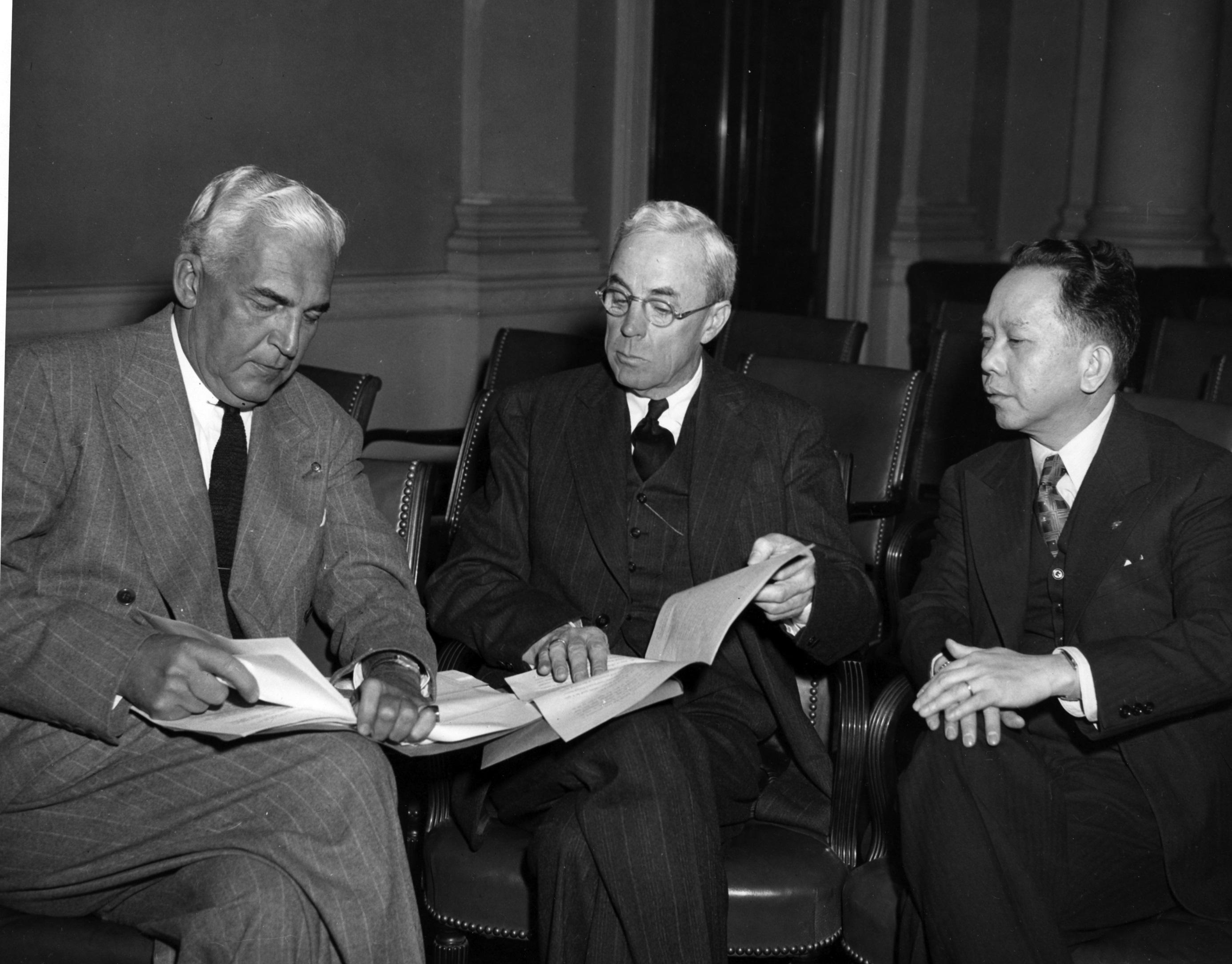The Bell subcommittee digs into "the barrel business"
It was after lunch on the fourth day of hearings at the Condado Hotel on the beach in San Juan, Puerto Rico, when the whole barrel business first came up.
Until then, the June 1943 investigation by a subcommittee of the House Committee on Insular Affairs, as well as a week of testimony in Washington, D.C. had been mostly at the policy and political level, with testimony from leading politicians and government officials.
But mixed in with the examination of economic, social and political conditions on the island, the congressmen on the committee were especially interested in some specific instances of possible corruption connected to the adminstation of the appointed Governor Rexford Tugwell.
“Apparenty there are a lot of barrels in the island at the present time which were presumably brought in for the purpose of filing with rum to be shipped out…. Can you give us any information why the barrels were brought in here?”
Congressman Fred Crawford (R-Mich.).directed the question to the President of the Puerto Rico Senate Luis Munoz Marin, who was aligned with the Governor. But the Senator neatly dodged the question. “When you find that our will you tell me so I can see what to do about it,” he replied.
But the next witness, a San Juan manufacturer of tropical flavorings by the name of Lee D. Miller, laid out the matter in full detail, alleging that a “racket” operated by local rum distiller Sidney Kessler had circumvented wartime shipping regulations to illegally import embargoed liquor barrels to the island.
I’ll look at Miller’s June 4 testimony In detail in the next post, and then come back to the follow-up testimony by Miller and Kessler associate Moe Goldman that took place on June 9. Along the way we are going to meet not just Moe Goldman but another Kessler associate Isidor Topp, And we will learn about Kessler’s expanding business operations, not just in Puerto Rico but in Saint Thomas, U.S. Virgin Islands.

